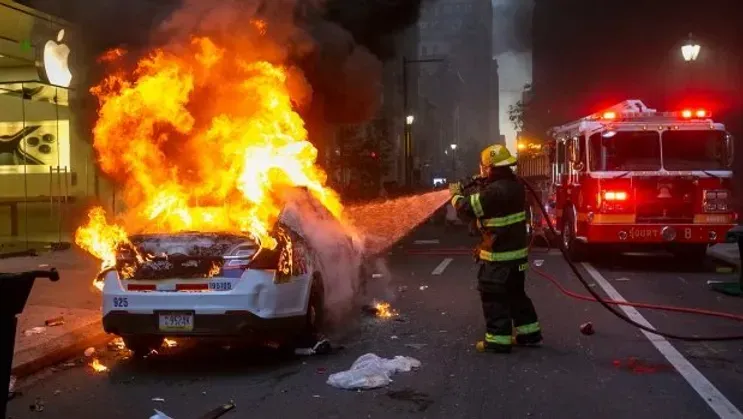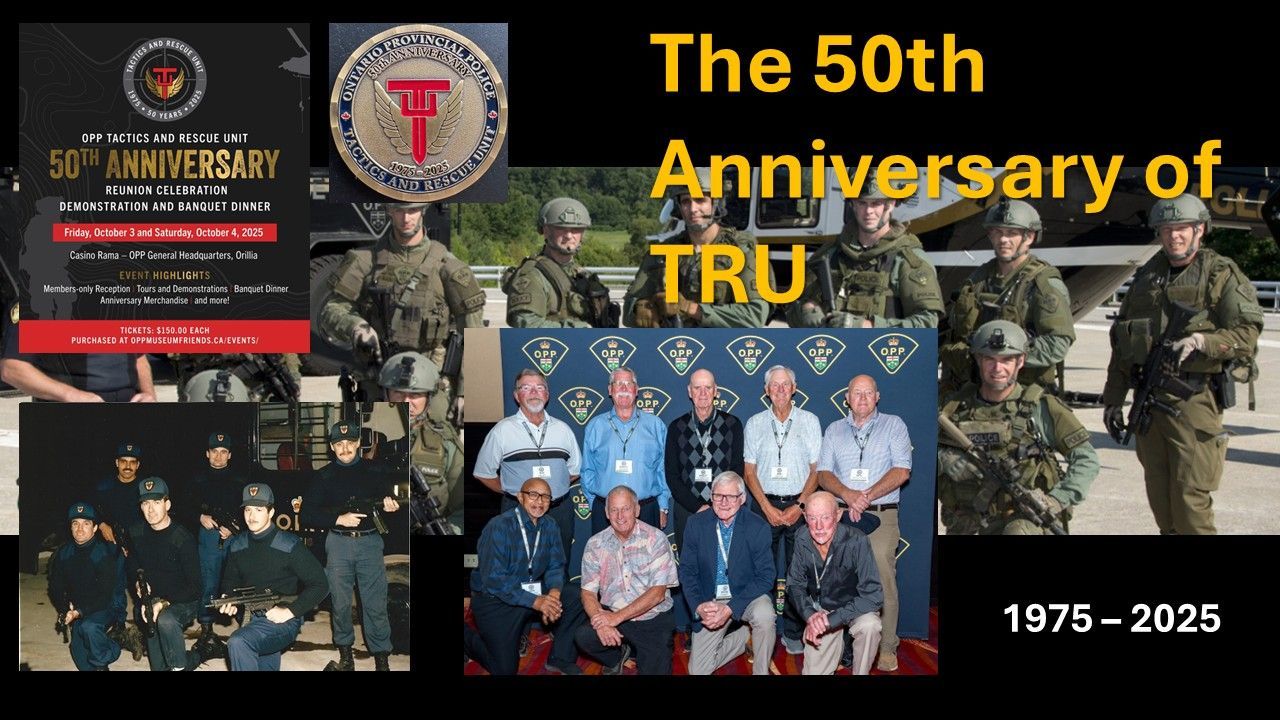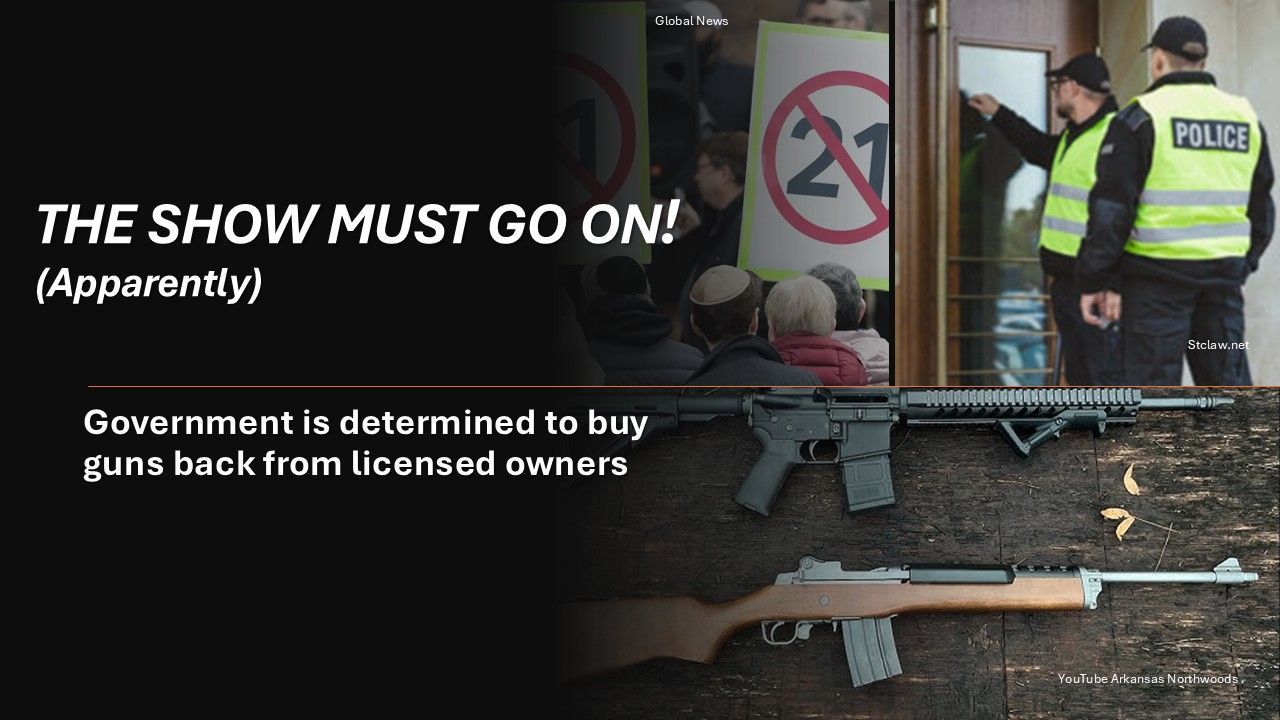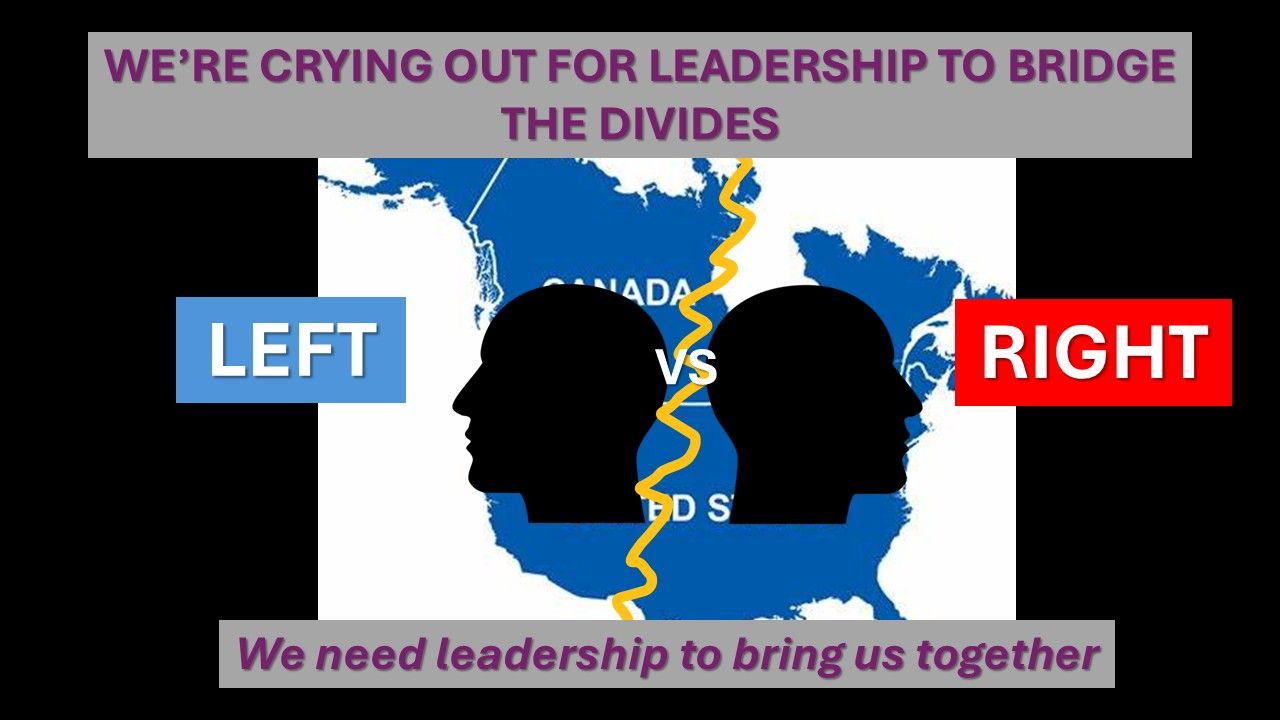New Paragraph
(Photo by Philadelphia Inquirer via AP)
The violent protests across the U.S. following the murder of African-American George Floyd at the hands of a bully white Minneapolis cop last week continue to grow in numbers and intensity. Peaceful protest is a fundamental right of both American and Canadian citizens, but the level of violence and destruction we are witnessing is disheartening and never justifiable.
Former officer Derek Chauvin was arrested and charged in that horrific case of police brutality. Some of his former colleagues may also be charged as a result of the ongoing investigation, so while many remain hopeful that the justice system is properly running its course in this case, millions of Americans view this as yet another act of racism and a criminal use of deadly force by police.
In a number of cases police have been quite justified in taking the life of a criminal who just happened to be a person of colour and race was not a factor in the decision by police. Sometimes the officer using deadly force was also African-American. These are all tragic situations regardless. In other circumstances young black lives like that of Trayvon Martin and Ahmaud Arbery have been unjustifiably taken by people who were not police officers at all, but all of this tragedy unfortunately blends into an overall mantle of real and perceived racism and police brutality.
Thousands have taken to the streets in protest – many peacefully and others aggressively. Protesting by yelling, marching, blocking streets and swearing at police is one thing, but a number of other people have taken it to a frightening level. Police are being viciously assaulted in cities nowhere near Minneapolis. Businesses are being looted, burned and otherwise destroyed. Many jobs are being lost at a time when employment numbers are already plummeting due to COVID-19. People are being arrested and injured. A Federal security officer was killed in Oakland. Police have no choice but to ramp up their own militarization in response and the National Guard has been deployed to Minnesota and many other states. They are trained as soldiers, not cops and their rules of engagement differ.
Most often, peaceful protestors and rightfully concerned citizens lose control of their legitimate agenda on both sides of our border to idiots who want nothing more than to loot, cause damage and fight with the police. Extreme left and right agitators come in from other centres and couldn’t care less about the underlying issues. The important and valid message is then lost to criminality. Well-intentioned protestors lose their voice and their credibility.
No good will come out of this and God forbid protestors or police officers are killed in one of these skirmishes. The resulting spiral will not be good for anyone.
We cannot forget that were also in the middle of a pandemic. Millions of people are out of work, with their health and livelihoods in jeopardy. This not only adds to their level of anxiety but allows them more time and freedom to get involved in protest activities. Most commonly the mob mentality takes over and people who start out as peaceful protestors get caught up in the momentum and conduct acts that they never imagined participating in.
The police have a critical role to play in terms of how they respond to these difficult situations. They’re often being viciously attacked and undoubtedly in fear for their own safety. They don’t want or deserve to become punching bags or have objects hurled at them because of the illegal actions of some cop they don’t even know and they would rather be anywhere on earth but dealing with a violent mob. Cop tempers are going to flare as a result, but firing rubber bullets at media representatives and/or using excessive force against peaceful protestors won’t help their credibility or public trust and support whatsoever. They are paid to be professional and judicious, so they must always take the high road and not exacerbate an already grievous situation. Then police leaders need to respond appropriately when officers don’t play by established rules. A number of Chiefs have done just that. Others are front and centre in trying to bring calm from chaos.
We have seen very positive instances where peaceful protestors have actually banded together to protect police and prevent properties from being destroyed. Hopefully that mindset continues and grows, as the crowd can at times more effectively police themselves than law enforcement can. Concurrently, community and police leaders must do all they can to prevent their people from committing acts that unnecessarily spark even more violence.
Closer to home, Toronto Police are dealing with the controversy surrounding their interaction with 29 year old Regis Korchinski-Paquet, who died after falling from the balcony of her apartment last week on May 27th. That tragedy is being independently investigated by the province’s civilian police oversight body, the Special Investigation Unit (SIU), so Toronto Police cannot publicly release any details about what their officers saw or did. Other than some rumours emanating from family and friends of the deceased, there is no evidence from video or independent witnesses that suggests any wrongdoing by police in this instance. Time will tell, but if grounds to lay charges do exist, SIU will undoubtedly lay them. SIU is often criticized by both police and the public regarding the time investigations take and on occasion its findings, but Ontario has been lightyears ahead of all provinces and most U.S. states in the efficacy of independent oversight of police use of deadly force.
On the heels of the Minneapolis case, this Toronto death also resulted in a massive anti-racism demonstration in Toronto on Saturday. An estimated crowd of 4000 people marched the streets – although largely very peacefully, then protested outside Toronto Police Headquarters. There was certainly some public tension along the route, but it doesn’t appear that any violence or arrests resulted. The fact that Ms. Korchinski-Paquet’s family called for a peaceful demonstration likely contributed to the calmer atmosphere. A large Vancouver demonstration also remained peaceful, but another in Montreal saw some violence occur.
I pray that some semblance of sanity soon prevails before this bedlam gets even worse. In my view it will take strong “leadership”, including a continuum of respectful dialogue among elected officials at all levels; police, protest, religious and community leaders; criminal justice system players; parents; community members; as well as unbiased media reporting, to at least calm the storm. From there, those same influencers need to work together and lead lasting change to prevent and eliminate racism through all sectors across the continent.
We will never totally end racism unfortunately. It will always exist in different ways within some cultures and among some individuals. But no matter our lot in life, we all have a role to play to set the positive example and help ensure that becomes the exception and not the norm.





